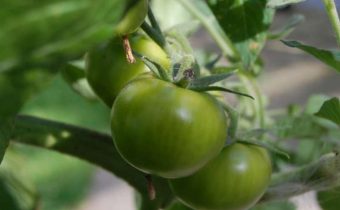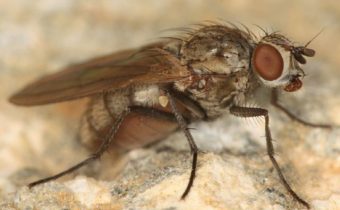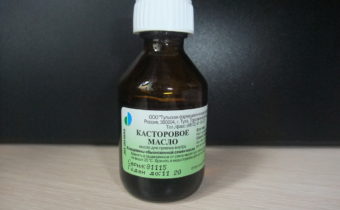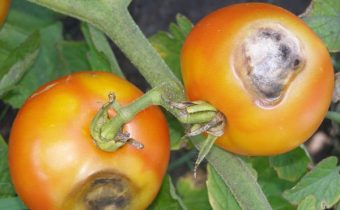Spuding is prohibited!
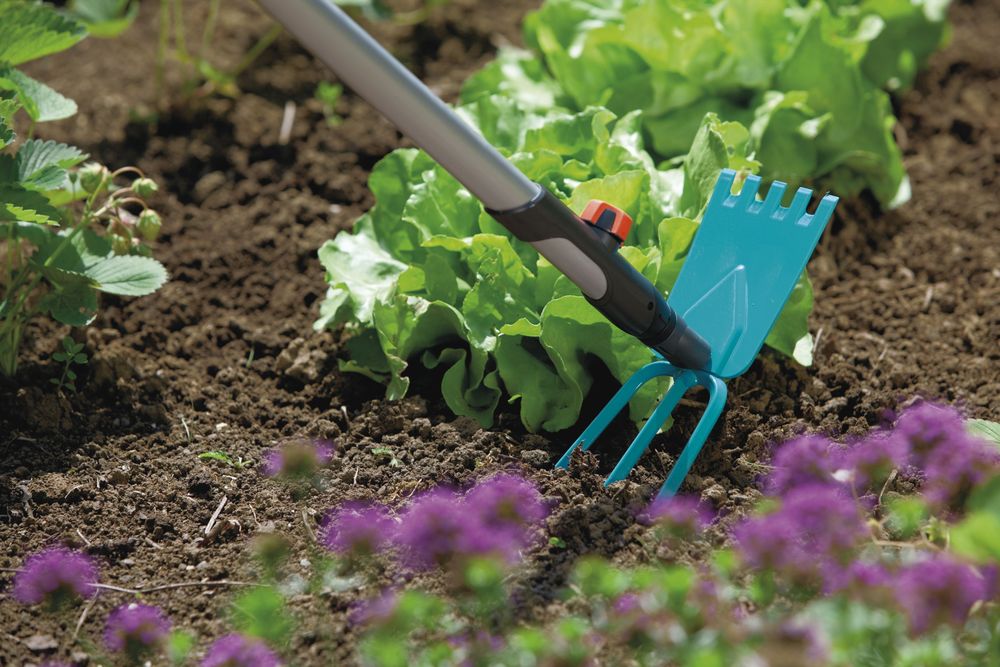
Novice gardeners sometimes have a problem while hilling garden crops. Some vegetables after the procedure are accelerated in growth, form the ovary more quickly, while other plants react the opposite way: the planting withers or dies. The detection of the reaction led to the creation of a list of varieties that prohibited this method of care.
What cultures do not pile up
During the earthing up, the soil around the plant is shoveled toward it, forming a semblance of a mound. This provides protection of the root system against unexpected frosts, provides stabilization of the stem, can be used as a measure for protection against pests, is included in the complex against diseases of vegetable crops.
Instead of the benefits of hilling measures, in the case of the following plants, harm is noted:
- planting onions or garlic;
- the plants belonging to the section "greens";
- celery;
- sorrel and spinach;
- chard;
- cucumbers;
- tomatoes
There are garden crops that do not show a response to hilling: radishes, radishes, beets, turnips.
Why not pile up the greens and how to replace the procedure
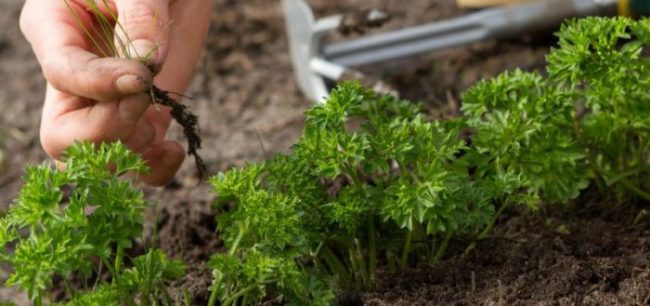
Hilling measures consist in “throwing” wet soil to the base of the plant. In the case of varieties of greens, this process provokes the development of rot, there is a sharp slowdown in the growth of culture, and it can provoke the complete destruction of plantings.
Greenery should include:
- salad;
- parsley;
- dill;
- melissa;
- fennel;
- wild garlic;
- cucumber grass, etc.
For the prevention of weed development, it is recommended to loosen the land around plantings in combination with weeding, and mulch the soil. For this use sawdust or straw.
What will happen if you spud onions and garlic
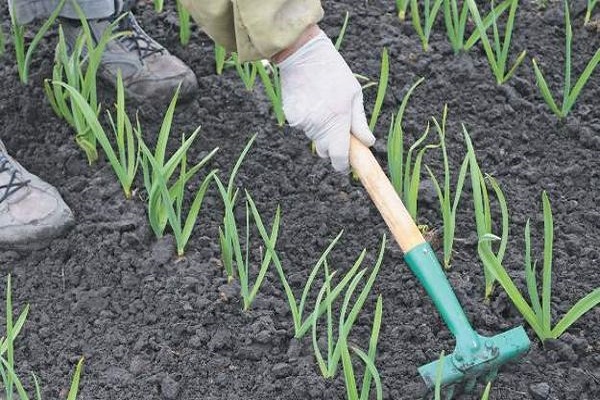
The negative impact on garlic and onion planting is associated with the love of the plant heads for the sun's rays. Thus, it should be understood: conducted during the hilling of a draft of the earth leads to the death of the entire landing.
Instead, it is recommended to carry out care processes in alternative ways:
- Mulching the soil around the plants. For this, straw and small sawdust can be used. Allows long-term preservation of a humid environment. It acts as a preventive measure for overheating the bed. Can be used to ensure the reduction of erosive changes in the soil.
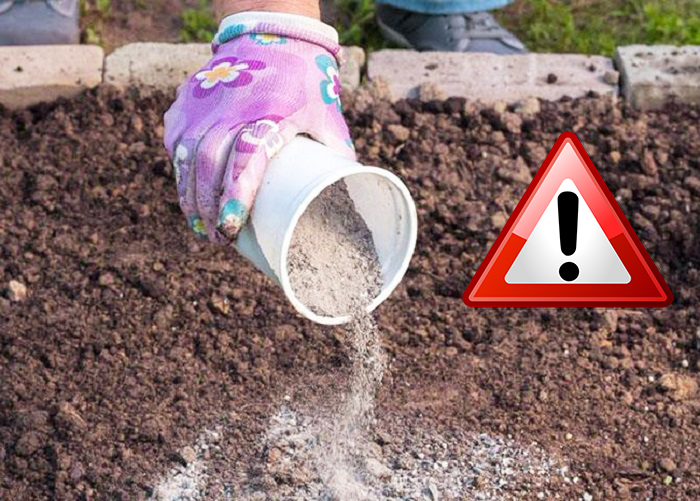
- Weeding The absence of weeds has a positive effect on the development and growth of planted vegetables and herbs.
- Loosening. It is necessary to carry out often, in order to ensure the moisture and friability of the soil. The procedure is shown to conduct up to 2 times a week, immediately after watering the beds. The depth of the loose layer should be up to 5 cm.
In the case when a long period of rains provokes the weighting of the soil and the “tightening” of the onion and garlic heads into the soil, it is recommended to free each plant from the top layer.
The top of the head should have access to fresh air and sunlight.
Cucumber plantings and celery
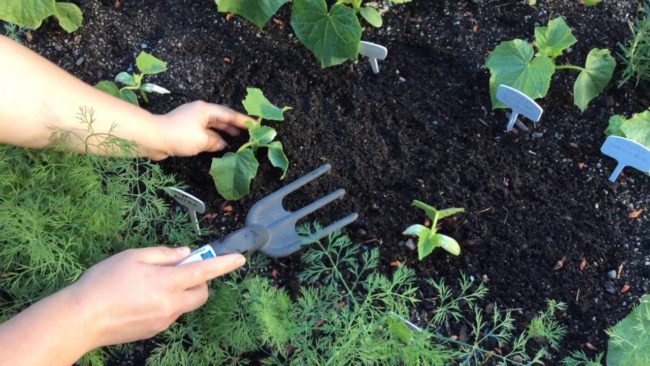
A small amount of cucumber varieties can be mined, but this should be done with a high degree of caution.A number of specialists in the agricultural sector recommends abandoning the procedure in favor of harmless loosening and mulching.
The negative impact is associated with a high risk of damage to the root plant. Cucumber roots are under a thin layer of soil near the surface of the soil. Damage to any etiology can provoke a complete loss of landings.
How to loosen the culture:
- You need to start after thinning the beds from frequent sprouting seedlings (after 2-3 days).
- The soil layer with a depth of 2 to 3 cm along the entire length of the row is subject to loosening.
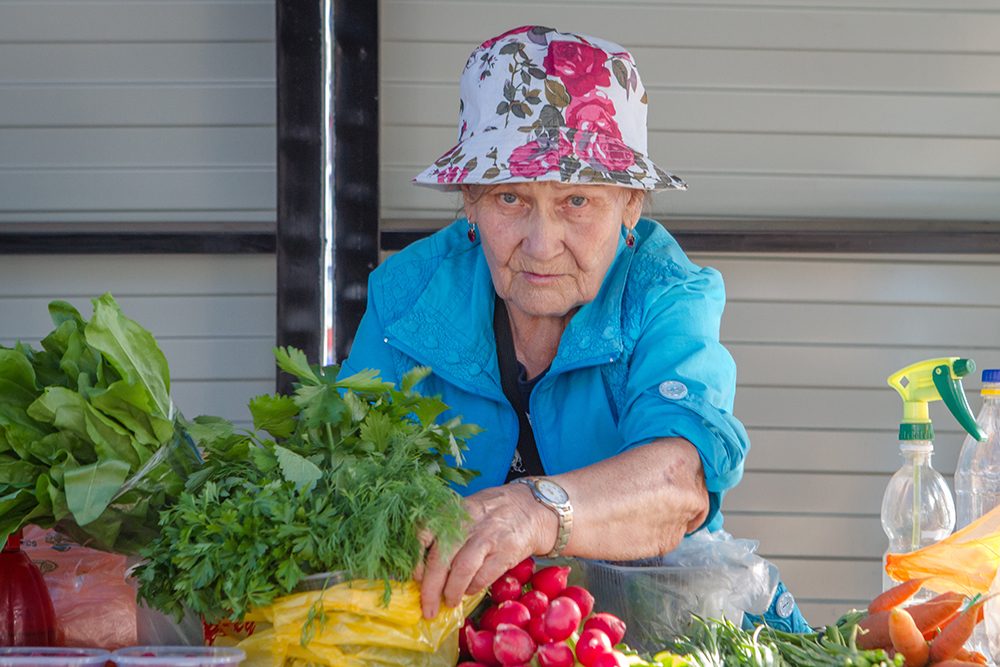
- It is possible to disturb the land between plants after the formation of 3 to 4 leaves in cucumbers. Loosening depth reaches 10 cm.
- Loosen the soil on a cucumber bed can be up to the point when the plants are completely covered with lash soil.
Among the recommendations found the use of humus. It pour directly to the stem of the plant. Such action allows to improve the nutrition of the roots with useful substances. There is an acceleration in the growth of landings. Improved appearance. The formation of the ovary and full-fledged cucumbers is accelerated.
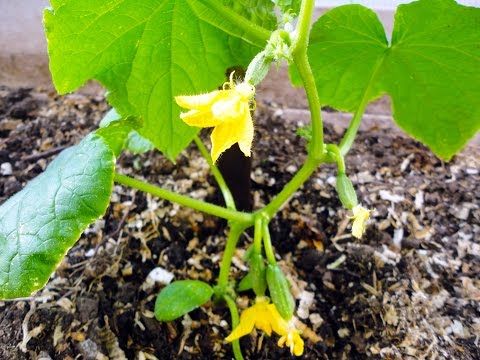
Celery is one of the most beneficial crops for growing on garden plots. In order to ensure the rapid emergence of seeds and an extensive harvest, they carry out care activities. The negative impact of hilling on celery is associated with a throw of wet soil to the plant stem. The process can lead to the development of rot and the subsequent death of the landing. To improve plant growth, it is recommended to replace hilling with loosening and mulching the soil.
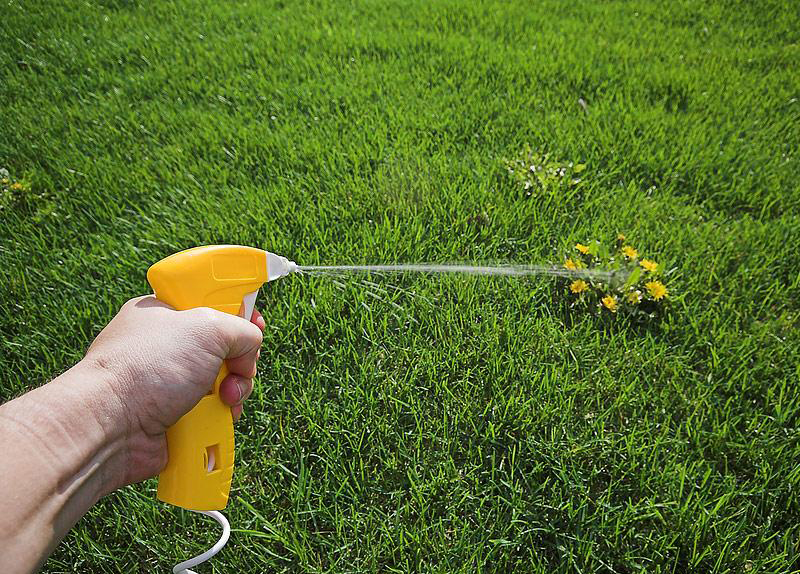
The process of caring for plantings in the garden area requires knowledge and experience. You should know what can replace the procedure that is unsuitable for the variety, which can provoke the death of the garden crop, which will positively affect it. All this can be learned from the specialized literature or in conversation with more experienced gardeners.


